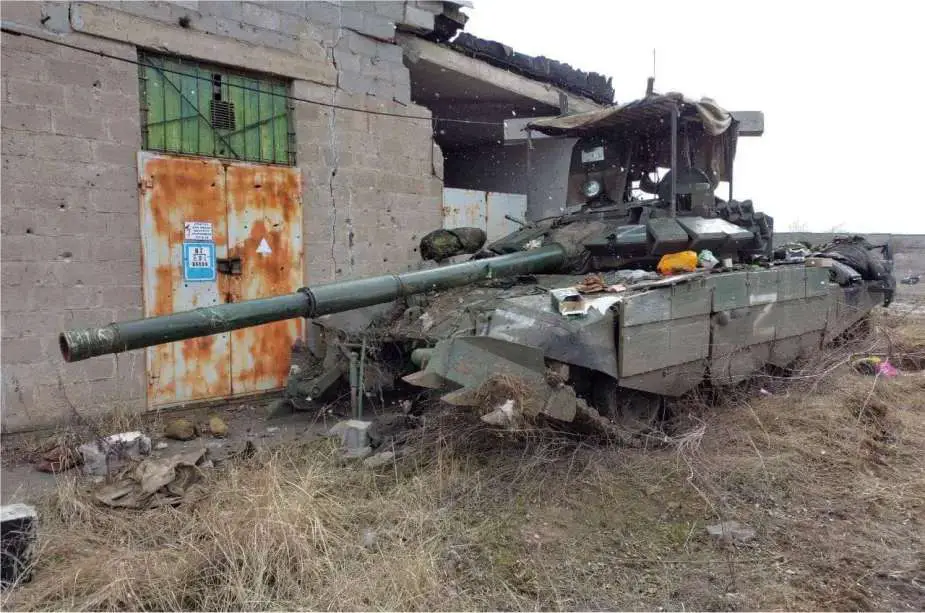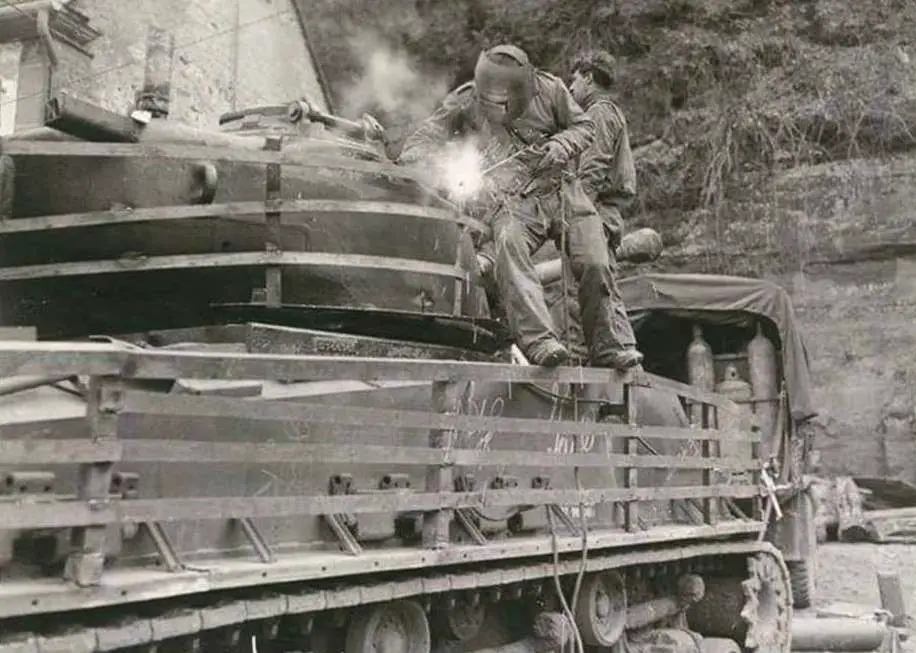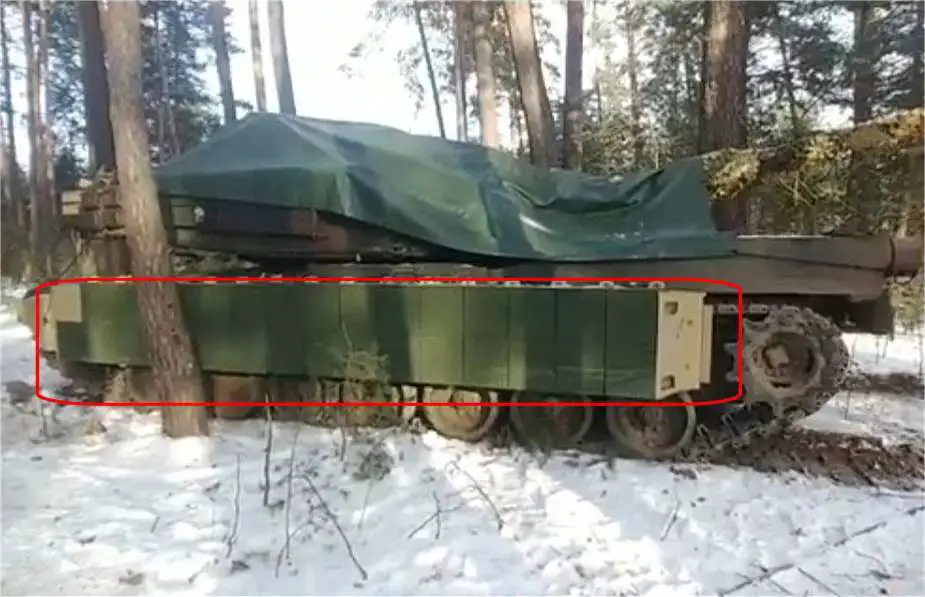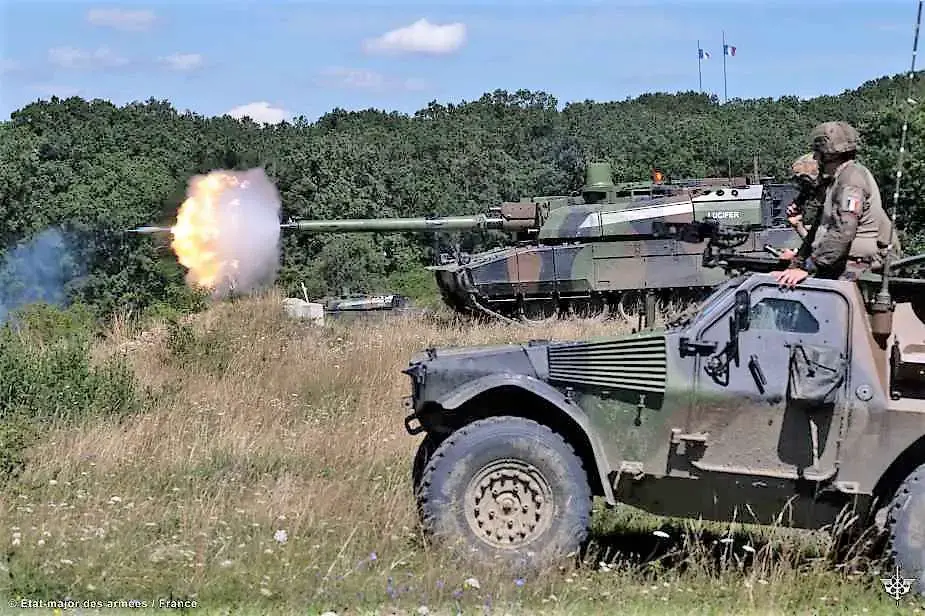Analysis: How main battle tanks are adapting to modern warfare from lessons of the war in Ukraine
In the French Center for Intelligence Research (Cf2R), Olivier Dujardin provides a compelling evaluation of how well tanks fit into contemporary warfare. The evolution of main battle tanks (MBTs) in the context of the war in Ukraine represents a significant chapter in modern armored warfare, highlighting adaptability and technological innovation in response to contemporary battlefield challenges. Initially designed for Cold War-era confrontations, MBTs have been subjected to a complex battlefield environment in Ukraine, emphasizing the need for advanced armor, active protection systems, and precision firepower to counter anti-tank guided missiles and drones.
Follow Army Recognition on Google News at this link

Russian T-72B3 MBT Main Battle Tank destroyed in Mariupol, in Donetsk Oblast, Ukraine (Picture source: Wikimedia)
The war in Ukraine has starkly highlighted the evolving role and challenges of tanks in modern warfare, challenging the notion that the era of the battle tank might be over. Despite significant losses, tanks remain critical to military strategy, prized for their unparalleled protection, formidable firepower, and superior mobility across challenging terrains. This has solidified their position as essential assets on the battlefield, capable of overcoming obstacles and delivering powerful offensive capabilities in all directions.
The conflict in Ukraine has also underscored the importance of electronic warfare capabilities, network-centric warfare, and the integration of unmanned aerial vehicles (UAVs) for reconnaissance and target acquisition, pushing armies to modernize their armored forces. Additionally, the war has demonstrated the critical role of logistical and repair support for sustaining tank operations, as well as the necessity for MBTs to operate within a combined arms approach, including infantry, artillery, and air support, to effectively counter a well-equipped adversary. This evolution reflects a broader trend towards high-tech, multi-domain combat operations, where traditional tank strengths are augmented by digital warfare and advanced defensive systems to meet the demands of modern conflict.
The design philosophies of tanks have historically been shaped by the strategic demands of their times, notably during the Cold War, which dictated tanks to be formidable opponents in direct confrontations. This has led to two primary design trends: one focusing on heavy armor and long-range capabilities, exemplified by tanks like the Leopard 2 and M1 Abrams, and another emphasizing mobility and a higher rate of fire, seen in tanks such as the T-72 and AMX Leclerc. These approaches reflect differing strategic doctrines, with Soviet and Russian strategies traditionally favoring quantity and close engagement, while NATO has opted for quality, heavily armored units capable of engaging from a distance, and France adopting a hybrid approach emphasizing both mobility and long-range firepower.
Despite these differences, the fundamental mission of tanks—to engage and destroy enemy armor—has remained consistent. However, the conflict in Ukraine has revealed a shift in how tanks are deployed and the threats they face. Ukrainian authorities have noted that a small fraction of tank losses were due to enemy tanks, with the majority attributed to mines, artillery, anti-tank missiles, and increasingly, drones. This has highlighted the diminished role of traditional tank-on-tank engagements and the rising significance of asymmetric threats, including kamikaze drones, which have proven effective at targeting tanks.
The increasing use of drones and other anti-tank weapons has necessitated a reevaluation of tank design and protection. Innovations such as cage armor and Active Protection Systems (APS) have been introduced to counter these threats, offering enhanced survivability against a wider range of attacks. This adaptation reflects a broader trend towards tanks capable of defending against hemispheric 360-degree threats, marking a departure from the focus on frontal armor and long-range firepower.

Adding a cage armor to provoke an early explosion of anti-tank projectiles dates back to World War 2, as demonstrated with this GIs welding a structure on a U.S. M4 Sherman tank during the campaign in Germany, early 1945 (Picture source: US NARA)

The cage was filled with sandbags (sometimes fille with earth or even concrete) to defeat Panzerfaust and Panzerschrek antitank projectiles (Picture source: US NARA)
However, the adaptability of current tank models to these evolving threats presents challenges, as demonstrated by the adjustments to the M1A2 Abrams tank design following experiences in Ukraine. This has led to a recognition of the need for lighter, more agile tanks that can effectively respond to new battlefield realities, highlighting a potential shift back towards medium tank designs that prioritize versatility and mobility without sacrificing protection.

Ukrainian M1A1 Abrams MBT Main Battle Tank fitted with additional armor. (Picture source Social Network)
The enduring relevance of tanks is underscored by their unmatched capabilities in providing firepower, protection, and mobility. Yet, the war in Ukraine has dispelled the myth of their invulnerability, underscoring the need for an evolutionary approach to tank design that addresses the spectrum of modern threats. This involves enhancing versatility, mobility, and protection to support infantry in high-intensity conflict zones, ensuring tanks can effectively contribute to contemporary combat operations.
In this context, the French Leclerc tank emerges as a model for future developments in armored warfare. Its combination of autoloading, reduced mass, and agility aligns with the evolving requirements of modern battlefields, suggesting a path forward for tank design that balances the demands of protection, firepower, and mobility. As warfare continues to evolve, the adaptation and innovation in tank technology will remain pivotal in maintaining its strategic value and effectiveness in combat.

French Leclerc tank firing in the framework of exercise Eagle Fulger in Romania (Picture source: French army GHQ)
Defense News March 2024


























